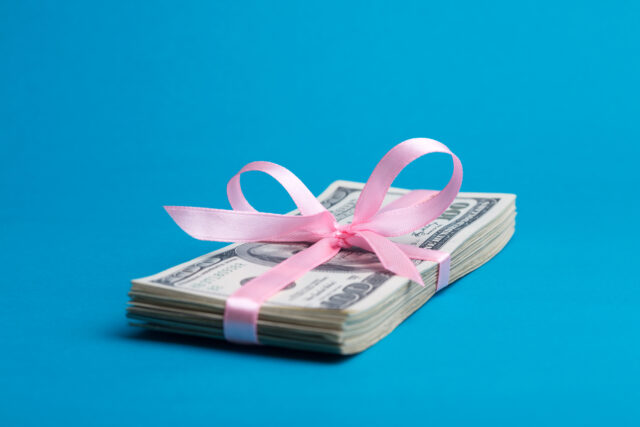
Biden’s Plan to Fully Tax Capital Gains Is Good Policy
Alicia H. Munnell is a columnist for MarketWatch and senior advisor of the Center for Retirement Research at Boston College.
Impact to gains on home sales could be mitigated by updating the exclusion.
President Biden has proposed taxing capital gains like ordinary income for those with incomes over $1,000,000. In addition to paying for his agenda, this proposal will make the federal income tax fairer, by ensuring that the wealthy pay their appropriate share of the tax bill, and more efficient, by eliminating the incentive to transform high-taxed ordinary income to low-taxed or untaxed capital gains.
Currently, capital gains are treated favorably under the tax code in three ways:
- Lower rate: The maximum tax rate on capital gains is 20 percent (with an additional 3.8-percent tax on investments as part of the Affordable Care Act (ACA)), compared to 37 percent for ordinary income.
- Deferral: Gains are not taxed when they accrue but rather the tax is deferred until gains are realized. Postponing tax payments provides individuals with an interest-free loan from the Treasury.
- Escape through bequests: capital gains escape income tax completely if they are passed from one generation to another through bequests, because the heirs can step-up their basis for future tax calculations to the value at death.
Offsetting these favorable provisions is the fact that a share of capital gains represents an increase in value due to inflation. But in the low-inflation environment we have enjoyed for decades, the favorable provisions way outweigh the unfavorable.
President Biden would restore the top rate on the federal income tax to 39.6 percent – the rate before 2018 – and apply it plus the 3.8-percent ACA levy to long-term capital gains and dividends for households with annual income over $1,000,000. This shift would put a lot of tax planners out of work.
That change alone, however, would not necessarily be a money-raiser because people could always postpone sales until they died, after which the basis would be stepped up and the gains would escape taxation altogether. But the President’s proposal closes that loophole by taxing all unrealized gains at death. Some exceptions include delaying the tax until the death of the surviving spouse, delaying taxes until the sale of some family-owned business, and allowing taxes on illiquid assets, such as real estate, to be paid over 15 years.
My view is that establishing the $1,000,000 threshold is unnecessary and ineffective. Any threshold provides an enormous incentive to keep income below the cutoff. If the proposal becomes law, it will be amazing how many households end up with incomes of $999,999!
Further, the $1,000,000 threshold does little to protect the middle class. In terms of equities, most taxpayers hold their stocks in 401(k) plans and IRAs, which are totally unaffected by the rate increase.
And regarding the most important asset for middle-class households – their home – the current proposal could put many in high-priced housing markets at risk. Homeowners who sell an appreciated home for $1.3 million would find themselves in the 43.4-percent bracket in that year and pay substantial taxes even with the current $500,000 exclusion.
This problem could be alleviated by updating the gain from exclusion on owner-occupied homes. The current $500,000 for a couple was first introduced in 1997. If that amount were updated to 2021, it would be about $824,000. So maybe, doubling the exclusion to $1,000,000 and indexing it to inflation would protect most middle-class homeowners from excessive taxation on their major asset.
But all these suggestions should be viewed as friendly amendments to a great proposal that would not only raise money but also improve the tax code.






